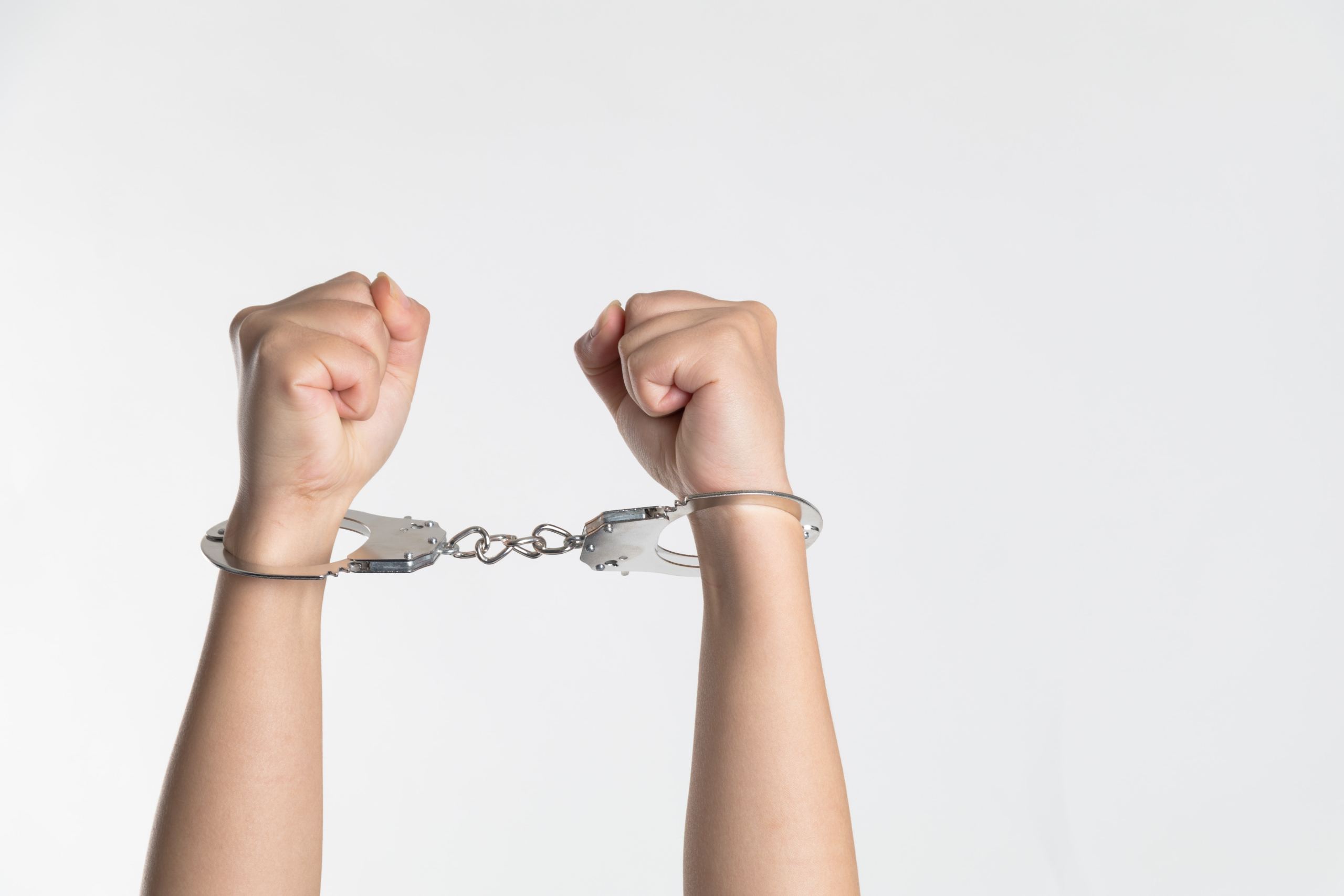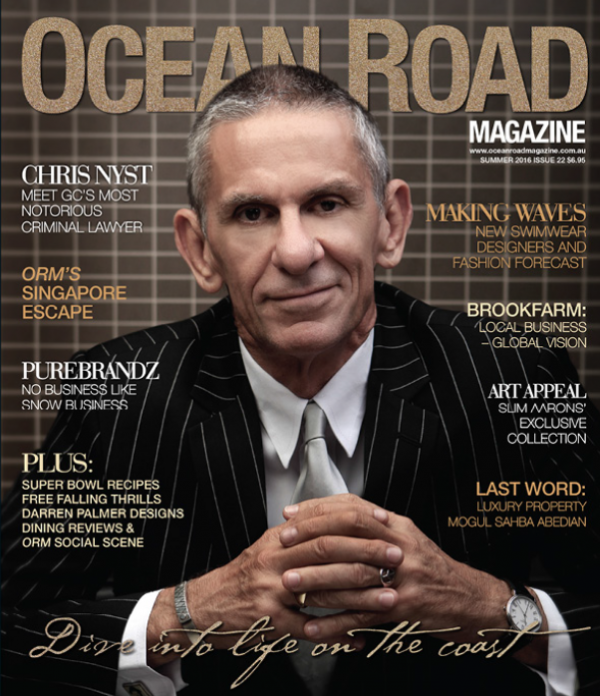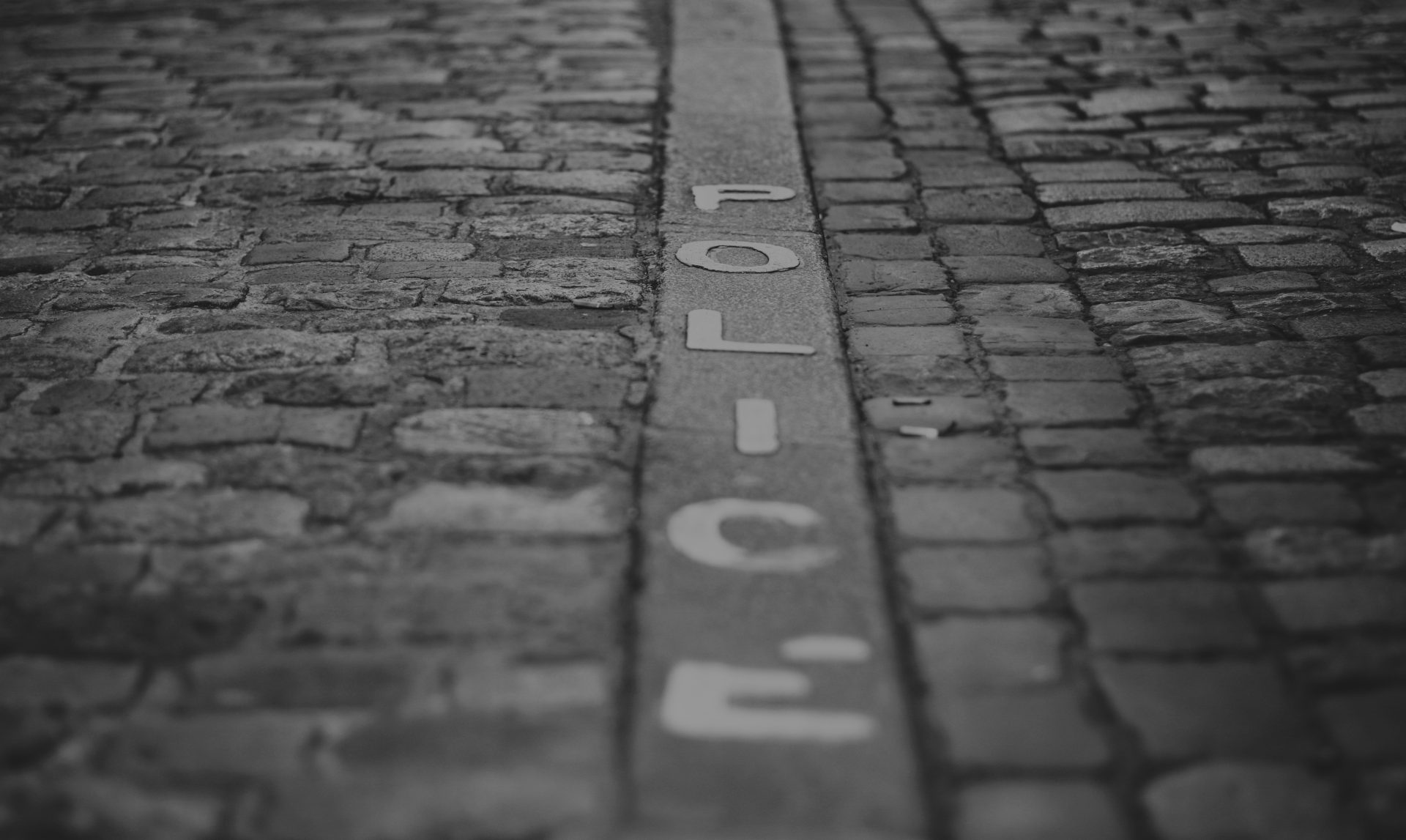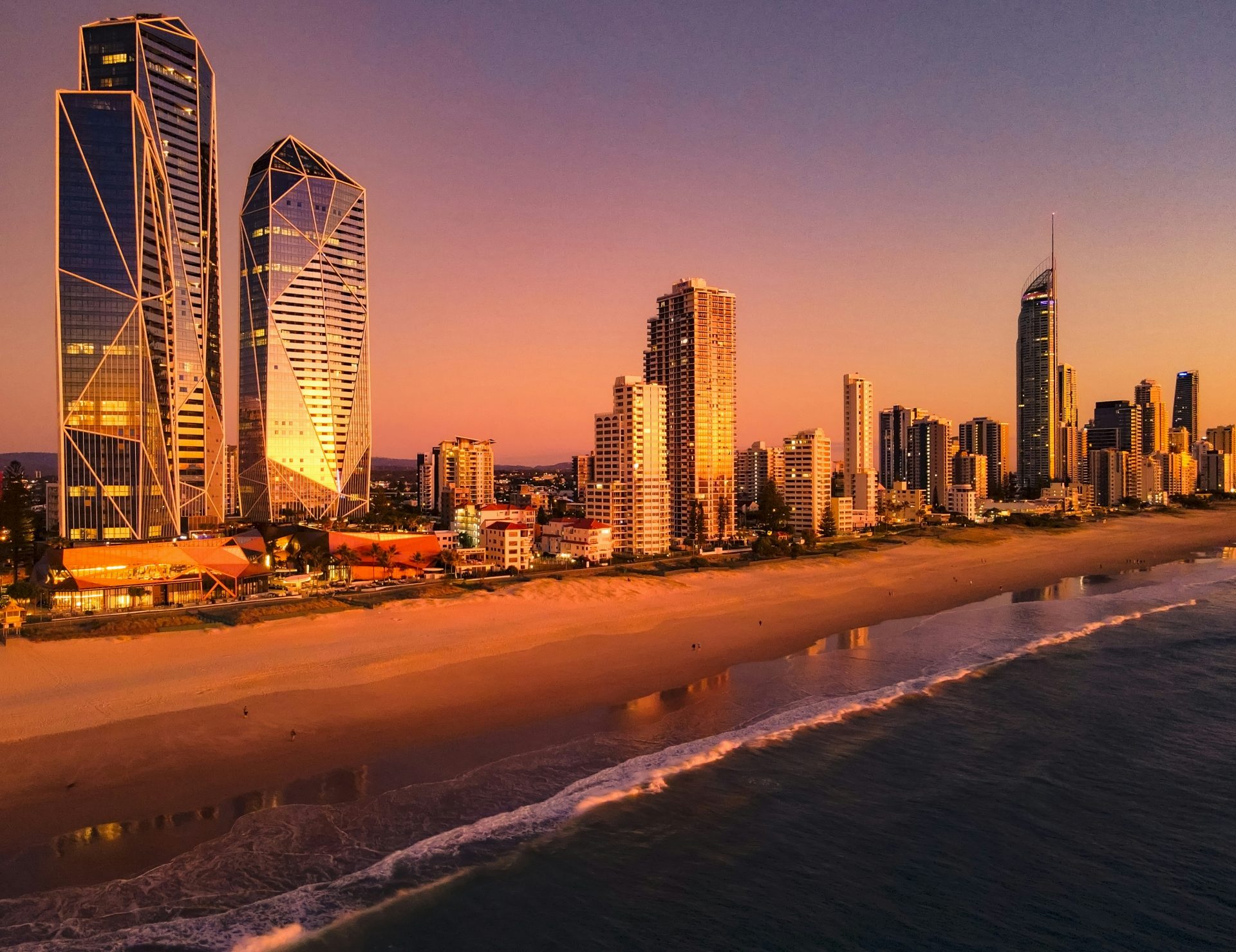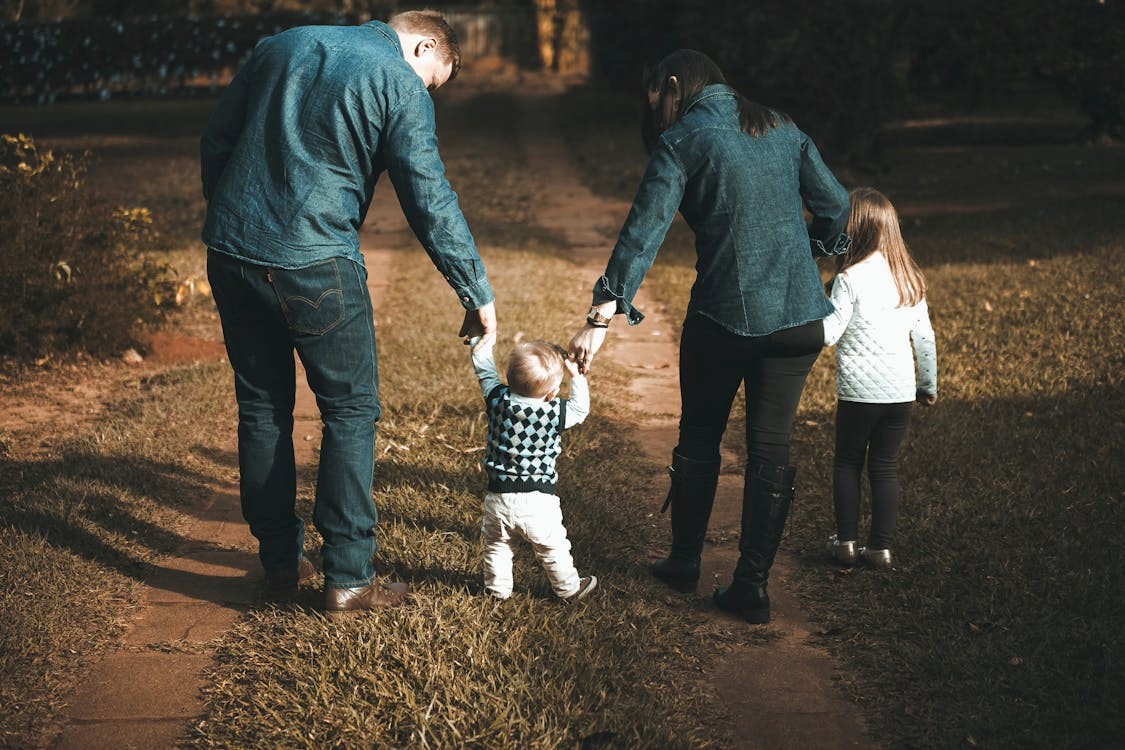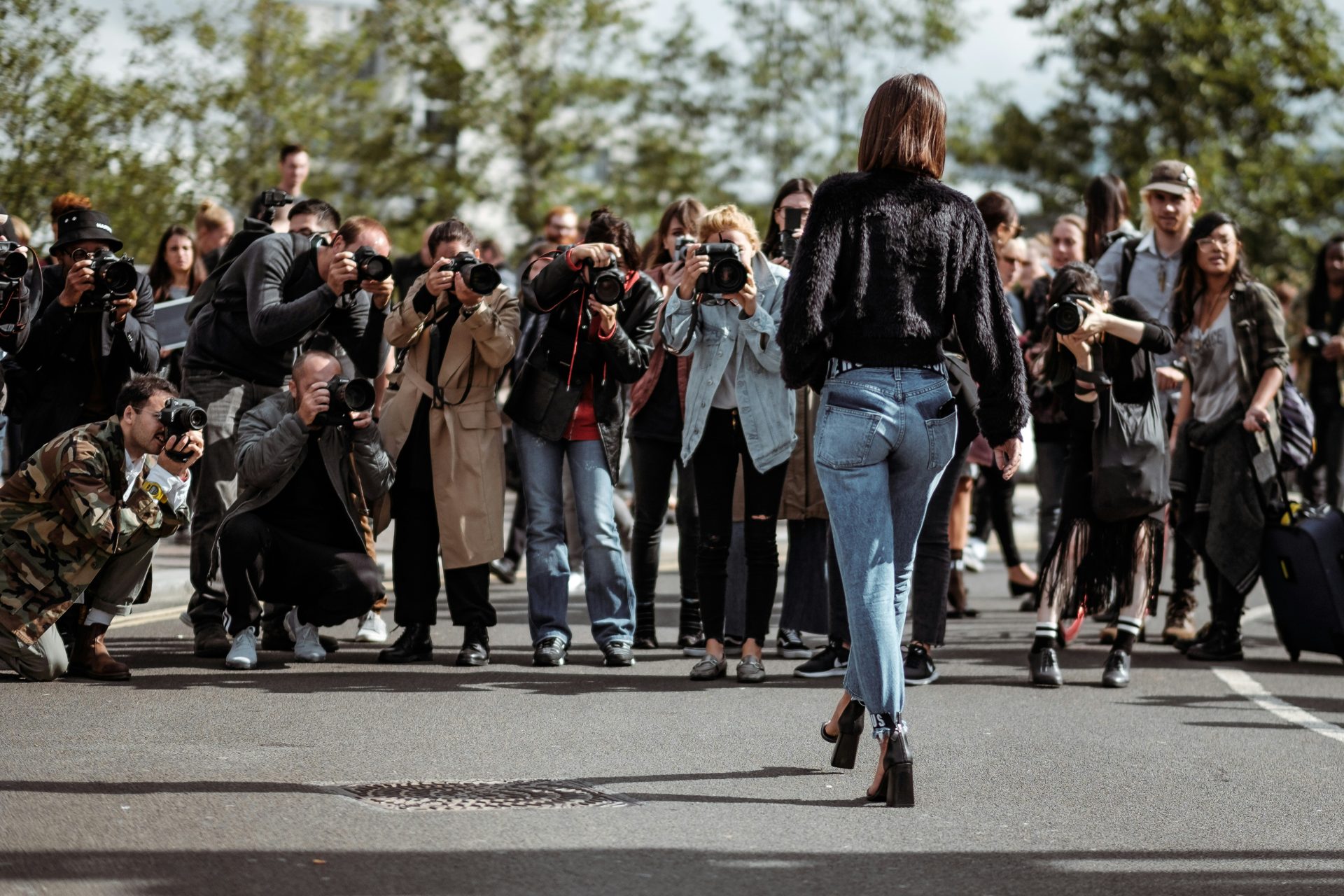Earlier this week I was sitting in the public gallery of a Magistrates Court on the Sunshine Coast waiting for my client’s matter to be called before the magistrate, when a downcast defendant was led into the dock with both hands locked together in a pair of impressive-looking wrist restraints. The police prosecutor proceeded to launch into a dissertation on the defendant’s misdemeanours, when the Magistrate abruptly interrupted.
“Why is this man handcuffed in my court?” she demanded.
Picture by : Niu Niu
Source: Unsplash
When the prosecutor’s fumbling response provided no satisfactory explanation, she curtly added “Remove the handcuffs,” and then “And in future please ensure no defendant appears in my court in handcuffs, unless a proper application is first made and granted by me.”
As a young constable was quickly despatched to remove the offending manacles, the red-faced prosecutor offered “I’m sorry, your Honour, I didn’t even notice the defendant was handcuffed.”
“Well I’m sure he did,” the magistrate shot back acerbically.
There was a time in this country when the use of handcuffs by police was reserved for restraining prisoners who represented a serious flight risk, or posed a real or potential physical danger to those around them. But decades of inundation by American television cop shows seem to have inured Australians to the sight of citizens being forcibly restrained by police, convincing them that nowadays it is not only permissible, but effectively imperative, to shackle any suspect charged with (and not yet convicted) of any violation of the law, no matter what the charge or the circumstances of the alleged offence, the offender, or their apprehension.
Think of any photograph you’ve ever seen of anyone in police custody in the US charged with anything from jay-walking to mass murder, and ask yourself the question ‘Were they handcuffed?’ When the answer is invariably ‘Yes’, then ask the question ‘Why?’ and you’ll probably find the answer is simply ‘Because we could.’
The classic case in point is Hedy Epstein, the 90-year-old Holocaust survivor arrested earlier this week in St Louis, Missouri. She was arrested for “failure to disperse,” after taking part in a public demonstration outside the office of state governor Jay Nixon, protesting the current deployment of National Guardsmen on the streets of Ferguson, following the police shooting of unarmed black teenager Michael Brown there earlier this month.
“I’ve been doing this since I was a teenager,” Hedy defiantly declared as she was led away in handcuffs. “I didn’t think I would have to do it when I was ninety.”
Really? Does a little old grey-haired 90-year-old peace protestor really pose such a serious threat to anybody that she has to be handcuffed? Or is this just the American way?
A little closer to home, last week various prominent press stories featured images of a 28-year-old Surfers Paradise man led away in handcuffs by police after he was arrested at his parents’ house on the Gold Coast. The arrest came 8 days after a young woman allegedly fell 14 storeys to her death from the young man’s Surfers Paradise apartment balcony. On the day it happened he voluntarily presented himself to police investigating the incident, and he was later released without charge. For the next 8 days he stayed put while a very public dialogue about the tragic incident raged in the press. Meanwhile his lawyers maintained a dialogue with investigating police, and the suspect himself apparently made no attempt, and showed no inclination, to avoid or evade the investigation in any way. When police went to his parents’ house last week he was there to meet them, and was arrested and taken into custody without resistance. He was charged with a very serious offence, of which he may or may not be convicted. But why, when he was subsequently escorted to the Southport Watchhouse under the watchful eye of the assembled members of the media later that morning, was it necessary for him to be manacled in handcuffs? Did someone assess the man released without charge 8 days earlier to have suddenly become a flight risk or a danger to police? Or was this just what has now become ‘business as usual’ in Australia too?
Is it now accepted practice that everyone suspected (but not yet proven) by police to be guilty of any misbehaviour however great or small may be shackled, regardless of how co-operative, compliant and obedient they have shown themselves to be during the investigative process, and publicly displayed in chains? To a modern generation, grown accustomed to a regular fix of American ‘cop show’ images of suspects ‘led away to justice’, it may seem a small and unimportant thing. But such subtle, almost subliminal, messages as these quietly and constantly chip away at and dangerously erode one of the central civil rights of any free society, the presumption of innocence. Like so many of our precious liberties it was hard fought for by our forebears, but can be so easily allowed by later generations to slip away, not with a bang but with a whimper.
As Hedy Epstein announced to reporters as she was frog-marched from the scene, “We need to stand up today so that people won’t have to do this when they’re ninety.”

